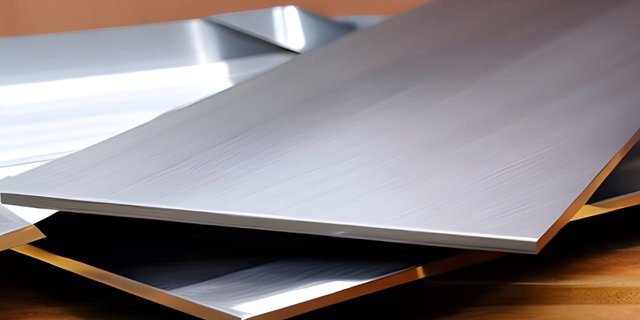Inconel alloys are renowned for their exceptional corrosion resistance, high-temperature strength, and excellent mechanical properties. When selecting the right Inconel alloy for your specific application, two popular choices are Inconel 600 and Inconel 625. This blog post will compare Inconel 600 plates with Inconel 625 plates, highlighting their similarities, differences, and suitable applications. By understanding their characteristics, you can make an informed decision and choose the most suitable alloy for your requirements.

Inconel 600 Plates
Inconel 600 Plate is a nickel-chromium alloy known for its excellent oxidation and corrosion resistance in high-temperature environments. It offers superb mechanical properties, including high tensile strength and good creep-rupture strength. Inconel 600 plates are typically used in applications involving furnace components, chemical processing equipment, and heat-treating baskets.
Inconel 625 Plates
Inconel 625 is a nickel-chromium-molybdenum alloy with added niobium. It exhibits superior strength and resistance to various corrosive environments, including acids, seawater, and oxidizing and reducing conditions. Inconel 625 plates are commonly used in aerospace components, marine equipment, and chemical processing applications.
Comparison: Inconel 600 vs. Inconel 625 Plates
Corrosion Resistance
Both Inconel 600 and Inconel 625 offer excellent corrosion resistance. However, Inconel 625 provides superior resistance to a broader range of corrosive environments, especially in the presence of chlorides, acids, and alkalis. If your application involves exposure to highly corrosive substances, Inconel 625 may be the preferred choice.
High-Temperature Performance
Inconel 600 exhibits good resistance to high-temperature oxidation and scaling, making it suitable for applications involving elevated temperatures up to 1093°C (2000°F). On the other hand, Inconel 625 offers even better high-temperature strength and oxidation resistance, making it ideal for applications subjected to extreme heat and thermal cycling.
Mechanical Properties
Both alloys have excellent mechanical properties. Inconel 600 has higher tensile strength, while Inconel 625 has higher fatigue strength and better creep resistance. The specific mechanical properties required for your application will help determine which alloy is more suitable.
Weldability
Both Inconel 600 and Inconel 625 can be welded using common welding techniques. However, Inconel 600 is generally easier to weld due to its lower carbon content. Inconel 625 requires more precise welding procedures to maintain its optimal properties. Consider your project's welding requirements and limitations when choosing between the two alloys.
Conclusion
Inconel 600 and Inconel 625 are unique alloys with unique characteristics suitable for various applications. While Inconel 600 offers excellent high-temperature and corrosion resistance, Inconel 625 provides superior performance in highly corrosive environments and extreme heat conditions. By considering the specific requirements of your application, you can choose the most appropriate alloy to ensure optimal performance and durability.